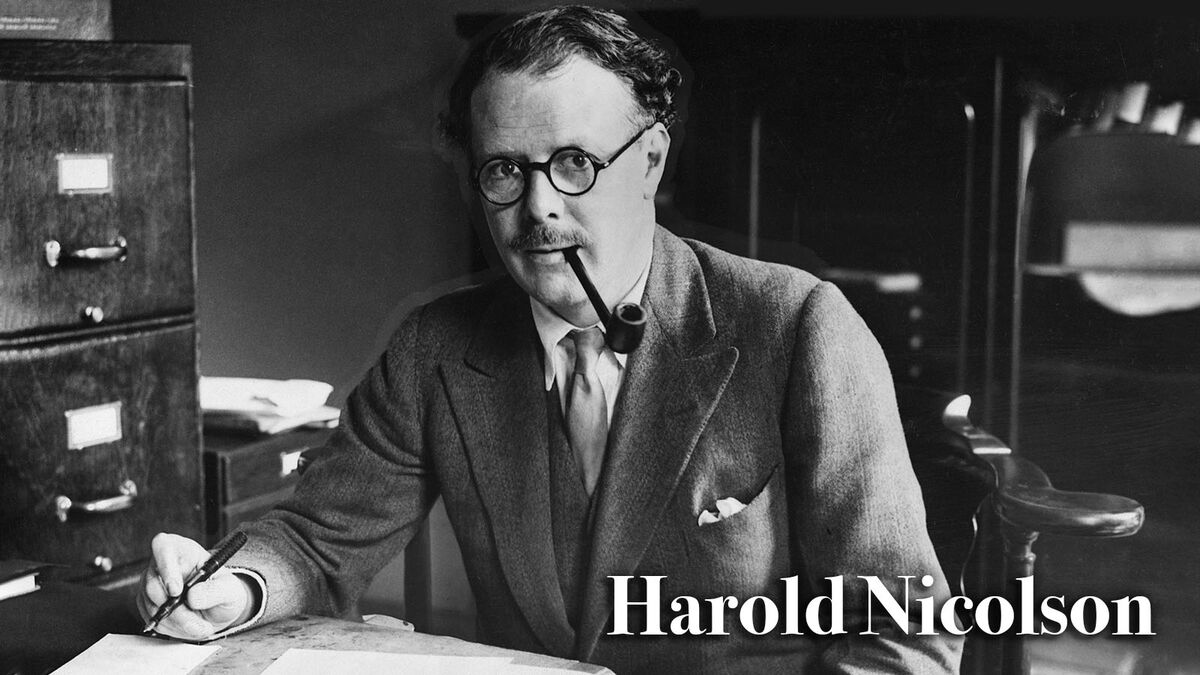
If you think all nonfiction writing is boring, you’re wrong. While informational or practical nonfiction is designed to give you facts, literary nonfiction gives you the facts in a creative way. Through the use of creative writing techniques and unique storytelling, literary nonfiction weaves a distinctive story to captivate audiences. Learn what literary nonfiction is, the unique features it possesses, and different types out there.
What Is Literary Nonfiction?
Literary nonfiction is an elusive creature in literature known by many names. You might hear literary nonfiction called narrative nonfiction or creative nonfiction. Regardless of the name, literary nonfiction tells a story, typically in a creative way. Therefore, creative nonfiction writers use literary devices and writing conventions seen in poetry and fiction, but these accounts are based on actual facts or observations.
Unique Features of Creative Nonfiction
Literary nonfiction is unique because it creates an interesting story with plot, setting, and characters through real events. This type of writing places emphasis on tone and storytelling rather than just conveying information.
For example, The Diary of a Young Girl tells Anne Frank’s true story of living in hiding from the Nazi regime. It has the different story elements that compel readers to keep turning the page to find out more about her family, the situation around her, and the outcome. The creative weaving of her real words and feelings also take the reader through the journey with her.
While diaries are one form of creative nonfiction, there are several others. Explore different types of narrative nonfiction and the different elements they have.
Personal Narrative Nonfiction
By far one of the most well-known creative nonfiction types are personal narratives. Different types of personal narratives found in nonfiction include:
- Diary - a person’s personal thoughts and feelings (The Harold Nicolson Diaries)
- Personal journal - short writings, observations, and even experiments (In Search of a Concrete Music)
- Memoir - narrative covering an important part of the author’s life (I Know Why the Caged Bird Sings)
- Autobiography - narrative covering the author’s life (The Story of My Life)
- Biography - narrative of an individual’s life told from someone other than the person (Alexander Hamilton)
Creative Nonfiction Essays
While personal narratives take up a large part of creative nonfiction writing, they are by far the only type of literary nonfiction. Some types of creative nonfiction aren’t published at all. For example, you can try your hand at creative nonfiction writing through essays such as:
- Personal narrative essay - creative writing about a personal experience
- Persuasive essay - creatively drafting an essay to persuade your audience to your opinion
- Expository essay - using creative writing techniques to explain a concept or how to do something
Nature Writing
Writing about the natural environment in nonfiction is a form of creative nonfiction. This type of literary writing can be done through essays, poems, and even novels. For example, Land of Little Rain by Mary Hunter Austin is a form of nature writing. This travel book gives a real life account of the geography and life found in the Mojave Desert. She shares her personal experiences with the area. While travel writing is one type of nature writing, others can be found as well.
Science Writing
Creative nonfiction also finds a home in science. It would seem that science and creativity wouldn’t go any farther than science fiction, but many science writers like to tell the facts in a compelling way. For example, scientific literary nonfiction might add humor, puns, and even pop culture references to make the writing more interesting and relatable. Likewise, imaginative science writing can include personal reflections, poetry, and the diary of a stem cell. Now that might be something to read!
The Unique World of Literary Nonfiction
Nonfiction doesn’t have to be all facts and figures. Creative nonfiction writers can use literary devices and writing conventions to weave a captivating real-life tale.
Wasn’t that fun? If you don’t want your journey about writing to end just yet, you can dive into a list of book types or types of fictional characters.